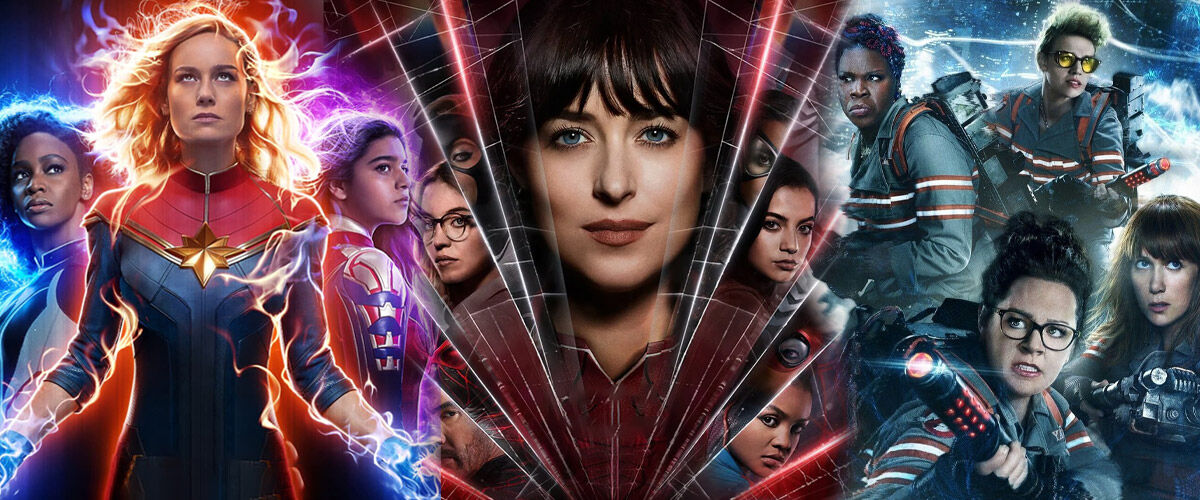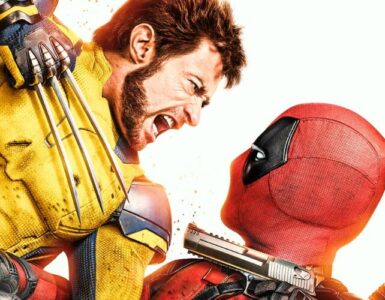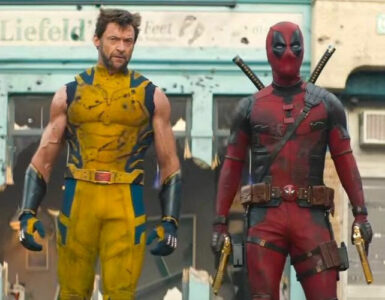- Shares
- 532
Well, if you want to be facetious about it, the simple reason is that Hollywood is run by men, and American men don’t know how to satisfy a female (audience).
But it goes much more deeper than that (no pun intended). Tinseltown has been making movies for over a hundred years but in the last decade or so, it has hit an impasse when it comes to – and this should be phrased very carefully in case it becomes misconstrued – geek genre films led by MULTIPLE female characters, or starring a majority ensemble cast of women. And by geek, it means films that are neither comedy, drama, or musicals, but more action, thriller or based on comic books.
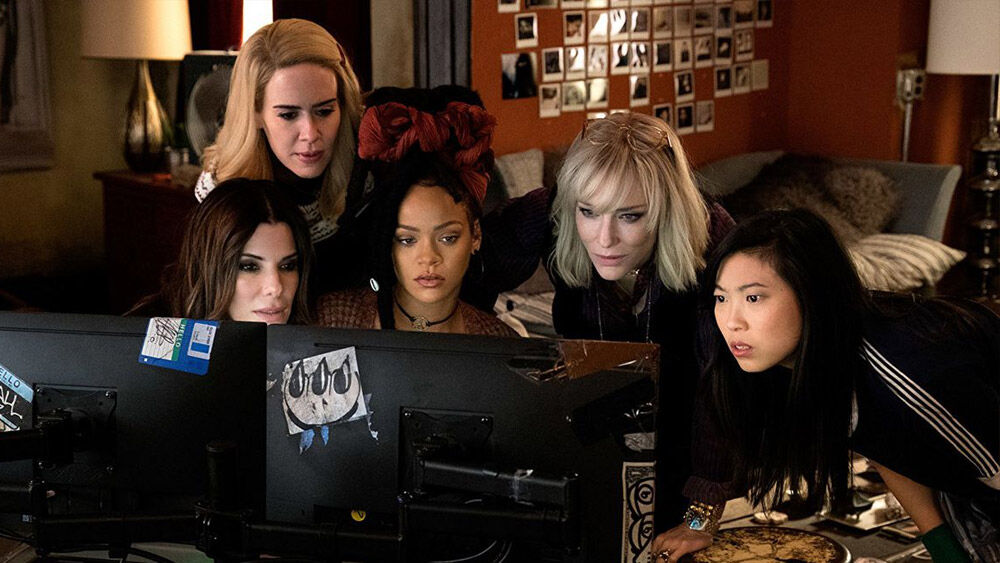
Now, these can be films directed, produced, written by men or women, or actively led by a creative team that includes women in positions with creative authority, from a director, writer, or producer.
Naturally, there are exceptions because audiences love movies of various types, and there have been successful movies made with several women as part of the creative process, both in front and behind the camera, but they have been few and far between.
Penny Marshall’s A League of Their Own (1992), starring Geena Davis, Madonna, Lori Petty, Rosie O’Donnell, and Anne Ramsay is a clear notable success from the last 30 plus years, grossing US$$132.4 million globally (not adjusted for inflation) and holds an approval rating of 81% on review aggregator Rotten Tomatoes. 1994’s Waiting to Exhale, starring Whitney Houston, Angela Bassett, Loretta Devine, and Lela Rochon, took home US$81.45 million (not adjusted for inflation), and also showed that there was demand for movies led by an all African-American cast. Meanwhile, 1996’s The First Wives Club, starring Bette Midler, Goldie Hawn, Diane Keaton and Stockard Channing took home US$181 million (not adjusted for inflation) worldwide.
Post turn of the century, there is the award-winning The Help (2011), starring Emma Stone, Viola Davis, Bryce Dallas Howard, Octavia Spencer, Jessica Chastain, Allison Janney, Cicely Tyson, and Sissy Spacek, which took home US$216 million worldwide, and Bridesmaids (2011), starring Kristen Wiig, Rose Byrne, Wendi McLendon-Covey, Ellie Kemper, and Melissa McCarthy, which snagged US$306 million globally. Meanwhile, the Pitch Perfect franchise, led by Anna Kendrick, Rebel Wilson, Anna Camp, and Brittany Snow, spawned two sequels and grossed over US$565 million worldwide. These are fun movies to catch, and if we were to assume that the audience for these films skewed more towards women, it would indicate that Hollywood recognises it has and can make successful movies for that demographic.
There are probably several more examples of hit films starring women, but one thing worth noting is that those examples of successes are of films that fall under the comedy, drama, or musical categories, and when it comes to ensemble films led by women in the action or comic book came, there are more failures.
The most natural inclusion would be the hit Charlie’s Angels duology that hit cinemas in 2000 and 2003, led by Drew Barrymore, Cameron Diaz and Lucy Liu. The US$264.1 million global haul of the first led to a sequel that scored US$259.2 million but the franchise took a pause and was more recently revived in a sequel starring Kristen Stewart, Naomi Scott and Ella Balinska that only brought in US$73.3 million globally and is regarded as one of the biggest box office disappointments of 2019.
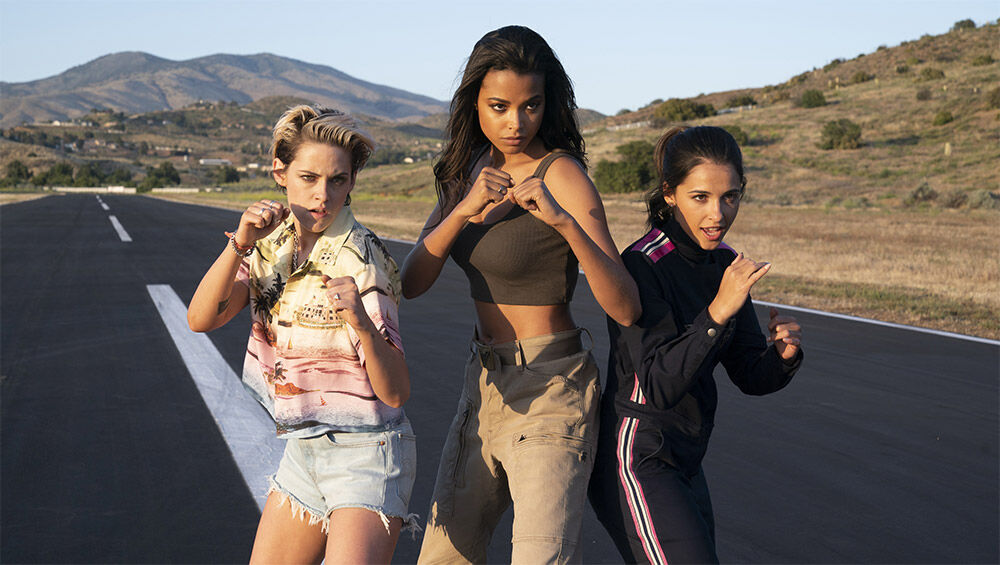
2018’s Ocean’s Eight (or Ocean’s 8), starring Sandra Bullock, Cate Blanchett, Anne Hathaway, Mindy Kaling, Sarah Paulson, Awkwafina, Rihanna, and Helena Bonham Carter, is the closest to an action-styled heist film that fits the bill of a hit film led by a female ensemble, grossing US$297.7 million globally, even though the comedy-leaning film is a spin-off of a male-led franchise.But that by itself is not a reason for success, and one only needs to look at 2016’s female-led and similarly named reboot of Ghostbusters starring Melissa McCarthy, Kristen Wiig, Kate McKinnon, and Leslie Jones, which made money (US$229.1 million globally) but was blasted for its gimmicky use of an all-female cast, and became the target for misogynistic hate and an example of how not to pander to audiences.
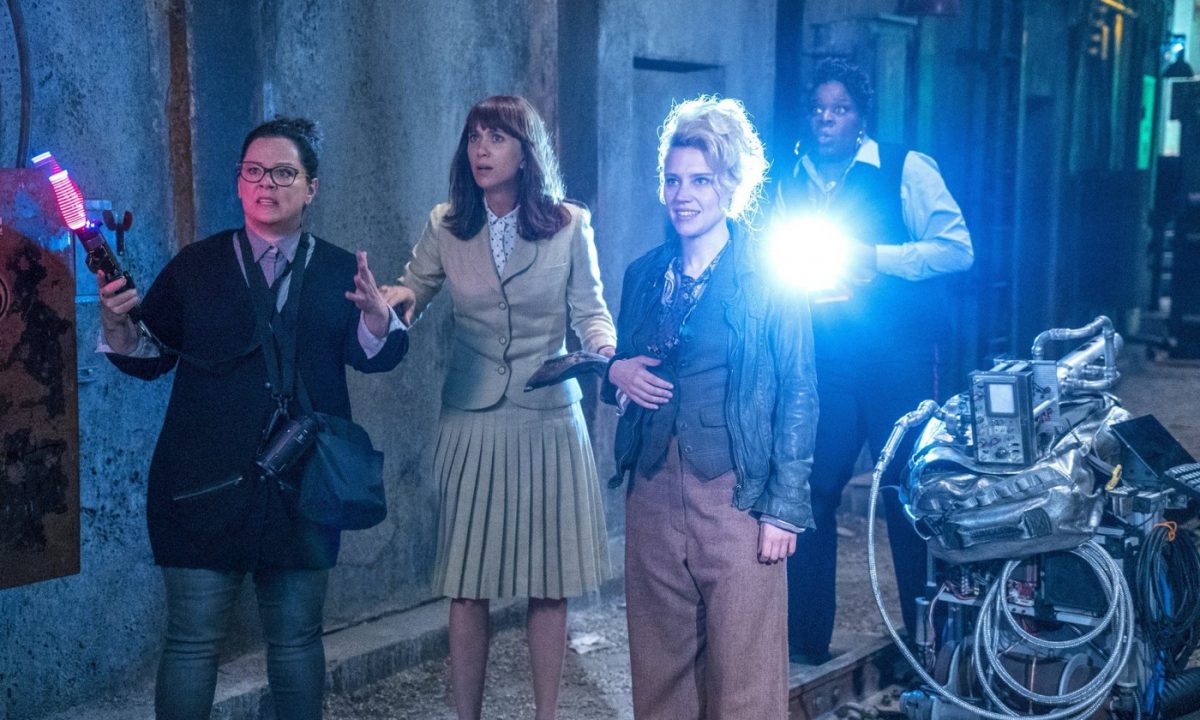
Anyone defending the female-led Ghostbusters reboot need also only look at Ghostbusters: Afterlife, the 2021 sequel to 1989’s Ghostbusters II, to understand that audiences are still keen on the ghost-hunting comedy franchise. It grossed less money than the reboot, at US$204 million worldwide but it has a sequel, and Ghostbusters: Frozen Empire, starring Paul Rudd, Carrie Coon, Finn Wolfhard, and Mckenna Grace, is coming out in March this year. So is the casting of women to blame, or is it because audiences are more willing to invest time and effort to watch a revival, and not a reboot, of a beloved franchise?
But are women actors really to blame if an ensemble movie fails to take off? Birds of Prey (and the Fantabulous Emancipation of One Harley Quinn (2020), led by Margot Robbie, Mary Elizabeth Winstead, Jurnee Smollett-Bell, and Rosie Perez underperformed with a global haul of US$$205.3 million. But compare that to last year’s Barbie, which fits the category being a geek-style film led by women, this time by the same Margot Robbie and joined by America Ferrera, Kate McKinnon, Issa Rae, Rhea Perlman, and Ariana Greenblatt. Unlike Birds of Prey, Barbie, directed by Greta Gerwig, Barbie took home multiple awards and grossed over US$1.446 billion. Maybe it’s not the female actors that matter, but the genre itself that audiences are interested in, and the apparent indicators of success of the women in Barbie is merely a secondary by-product of it being a great movie to begin with?

But there’s no denying that Barbie’s success is an outlier, as in recent years, it seems that Hollywood hasn’t been able to crack the code for making female ensemble movies that cater to action or the geeky crowd. Last year’s The Marvels, the 33rd film in the sprawling Marvel Cinematic Universe (MCU) franchise also became the lowest-grossing film in the MCU, at just US$206 million worldwide. The film, starring Brie Larson, Teyonah Parris, and Iman Vellan, and directed by Nia DaCosta, is a sequel to 2019’s Captain Marvel, which grossed over over US$1.1 billion.
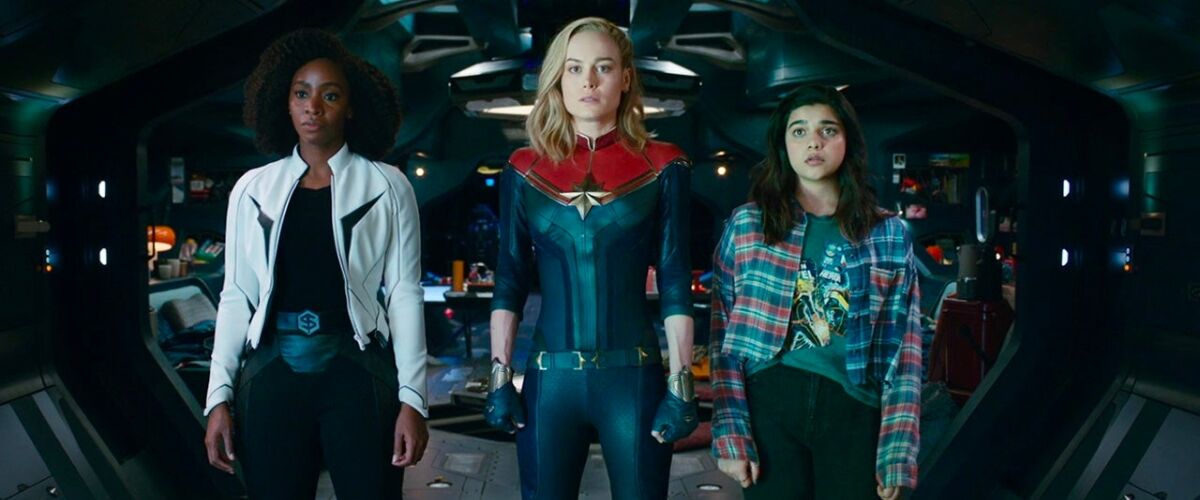
What’s interesting is that last year’s Aquaman and the Lost Kingdom shares many parallels with The Marvels, but it performed better. The comic book sequel to 2018’s Aquaman, which grossed US$1.152 billion worldwide, also happens to be the last film in the DC Extended Universe film franchise, but it took home over $433 million worldwide. The sequel also saw the original film’s lead character, played by Jason Mamoa, team-up with characters played by Patrick Wilson and Randall Park. One can easily whittle it down to two comic book films that serve as sequels to solo films that grossed over US$1 billion previously, and are now led by an ensemble cast. But the one with the male-centric cast outperformed the female-led one, even though the male-led film is the final movie in a dead franchise, while the female ensemble movie is the next chapter in a franchise that seemingly has no end in sight.
Earlier this year, Sony’s Madame Web (2024), which is part of Sony’s Spider-Man Universe and starring Dakota Johnson, Sydney Sweeney, Celeste O’Connor, and Isabela Merced became the next critical and commercial failure.

Some would easily throw out superhero fatigue as a reason for The Marvels and Madame Web’s failure and while that cannot be denied, that comic book movies released in the last two years have not been as successful as those released previously, the point is that there have been other successful comic book films in the last two years – just not the ones led by a majority female cast.
When it comes to action films, the same issue arises. The success of the Mission Impossible, Fast and the Furious, and John Wick franchise, which sees groups of men take on bad guys, is never questioned, but does anyone remember 2021’s Gunpowder Milkshake, the action thriller about a group of assassins, starring Karen Gillan, Lena Headey, Carla Gugino, Michelle Yeoh, and Angela Bassett? It had a limited theatrical release, so the film’s box-office means little but few audiences know about it, or care that a sequel has been in development since 2021.

Oh, so you want to point out that Gunpowder Milkshake is a pandemic film and doesn’t count in this comparison? Well, what about The 355? The 2022 action spy thriller, starring noted leading women Jessica Chastain, Penélope Cruz, Fan Bingbing, Diane Kruger, and Lupita Nyong’o as a group of international spies, fizzled at the box-office, grossing just US$27.8 million worldwide against its projected budget of US$40 – 75 million. No matter how you see it, that’s another female ensemble film that failed to take off.
Which begs the repeat of the question – why can’t Hollywood crack the code in making successful geek genre movies starring women? Or do they not want to, given that films catering to that specific genre haven’t had a successful track record? But why is that so, when films led by an ensemble cast of women in other genres can find success?
It can’t be that men who love action and comic book films hate to see such films led by, and starring, women? Can it?

